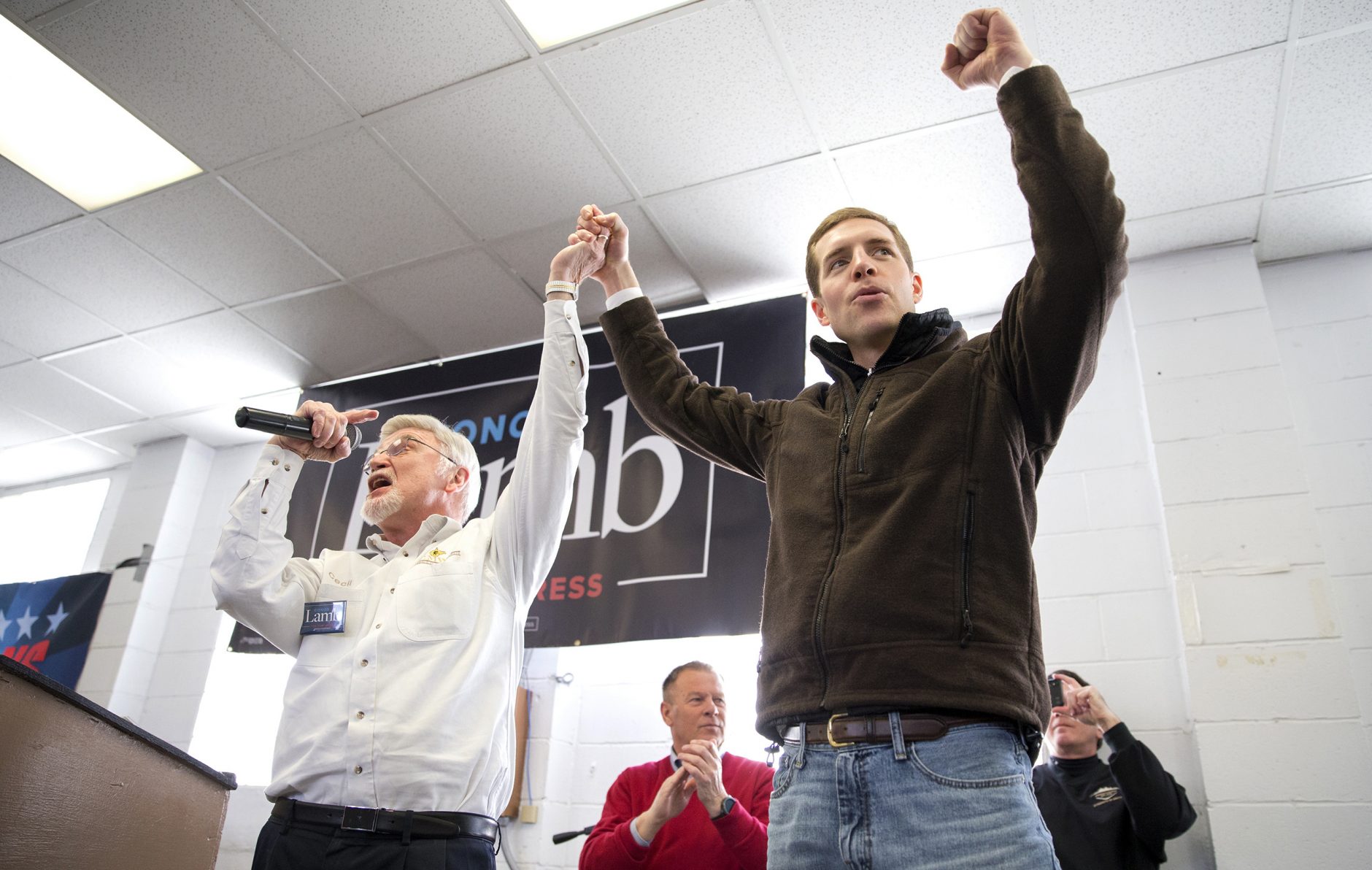Former Democratic Congressman Tom Suozzi is set to stage a political comeback as he secures victory in the election to represent Queens and Long Island, filling the void left by the disgraced former Republican Representative George Santos of New York.
Suozzi’s triumphant return to the House of Representatives is more than a personal victory; it signifies a shift in the delicate balance of power within the lower chamber.
With the House grappling with razor-thin majorities, the influence of individual members, particularly within smaller factions, becomes increasingly pronounced. Suozzi’s win adds another layer to this intricate dynamic.
Expectation (Credits: The New York Times)
As he prepares to assume his responsibilities in the coming weeks, Suozzi enters a House where the numbers tell a story of political fragility. The House composition will soon feature 219 Republicans and 213 Democrats, emphasizing the narrow margin that separates the two major parties.
In this closely contested arena, small groups of hard-right Republicans and the Democratic minority have found themselves in positions of unexpected influence.
The significance of Suozzi’s victory extends beyond the boundaries of New York’s district. It becomes a contributing factor to the uncertainty surrounding the Republican majority in the House. The political landscape is further complicated by the existence of three other vacant seats, waiting to be filled in subsequent elections.
The broader context of Suozzi’s return mirrors the broader challenges faced by both major parties in navigating the intricacies of the House.
The dynamic of a slim majority has transformed the legislative process, emphasizing the need for strategic alliances and compromise. It highlights the influence of individual representatives and their ability to shape policy and legislation.
Suozzi’s journey back to the House is not just a personal triumph; it is a reflection of the evolving nature of American politics. The delicate interplay of power within the House underscores the significance of each seat and the impact it can have on the legislative agenda.
As representatives like Suozzi navigate this terrain, they must consider not only the needs of their constituents but also the broader implications for the political landscape.
The House, as a microcosm of American democracy, reflects the challenges and opportunities that arise from a closely divided political landscape.
The influence of individual representatives becomes magnified, prompting a reevaluation of traditional power dynamics. In this environment, the ability to build coalitions and bridge ideological gaps takes on heightened importance.
As Suozzi prepares to reenter the House, he becomes a player in this intricate dance of power. His victory marks a chapter in the ongoing saga of American politics, where each seat holds the potential to shape the course of legislative priorities.
The narrative of the House is one of constant negotiation and adaptation, where individual representatives can be pivotal actors in the larger drama of governance.
In the coming weeks, as Suozzi assumes his new role, the eyes of both parties will be on the House floor. The delicate balance of power, already on display in recent legislative battles, will continue to shape the trajectory of American governance.
Suozzi’s return, against the backdrop of vacant seats and slim majorities, becomes a symbol of the fluid and dynamic nature of political representation in the United States.
